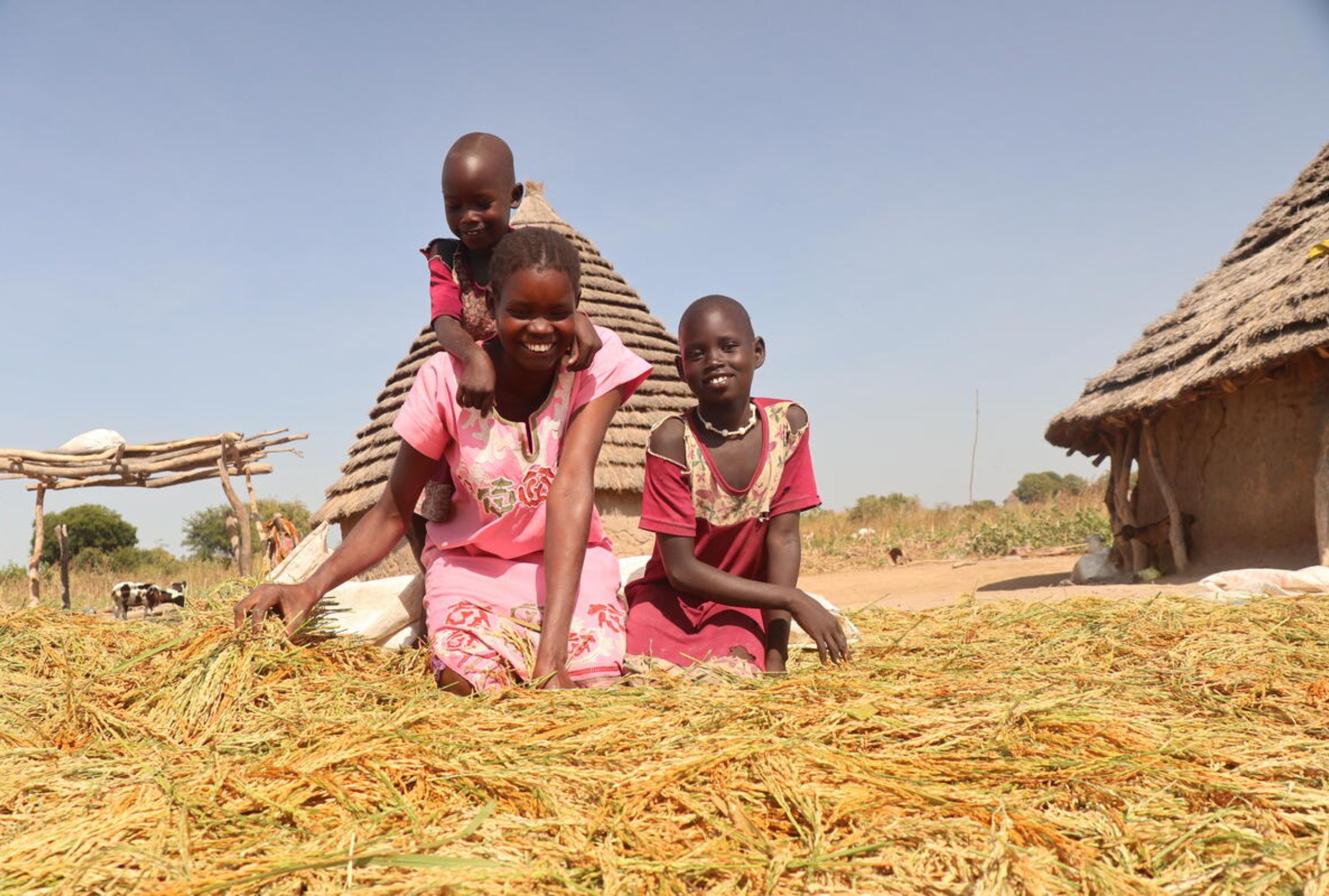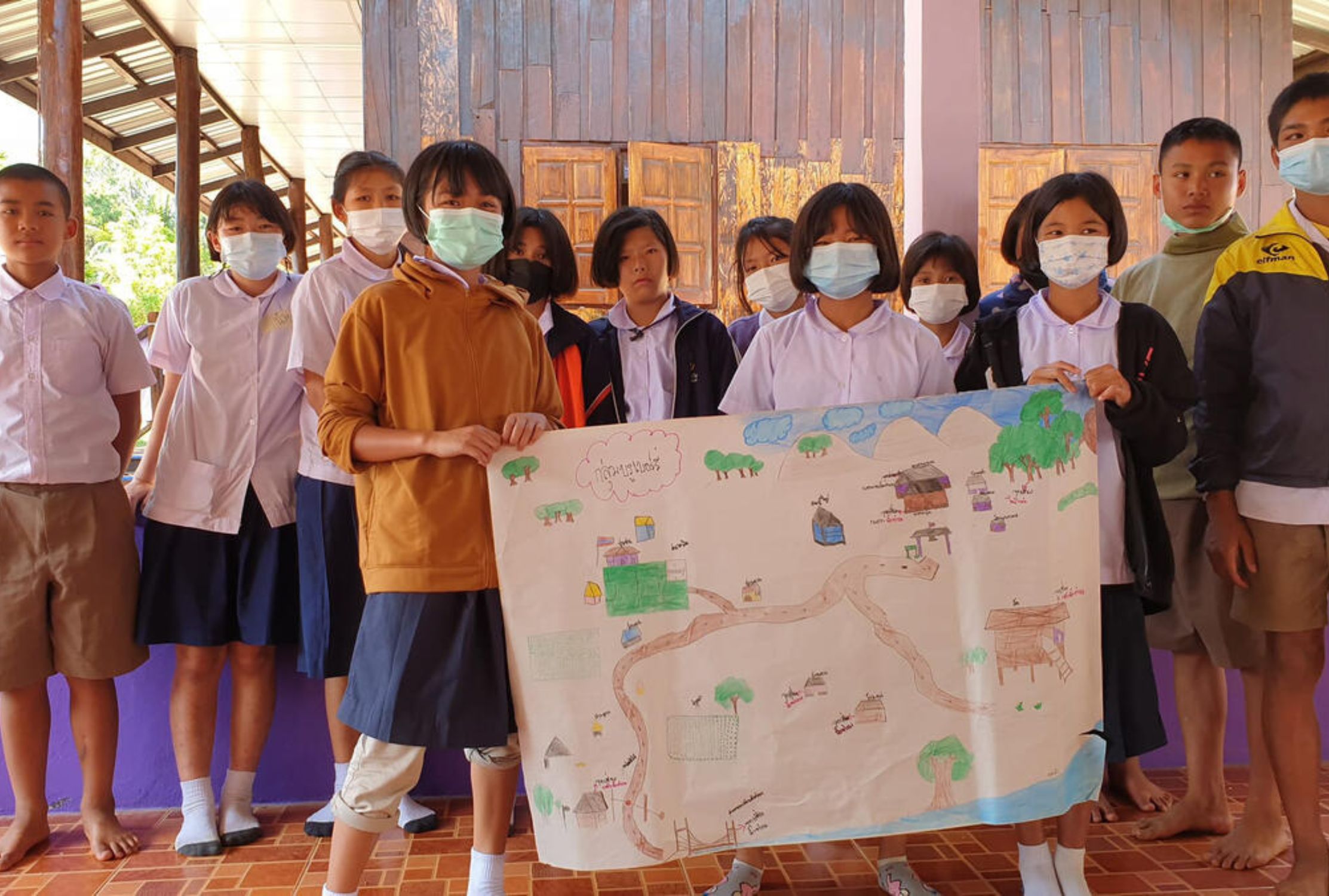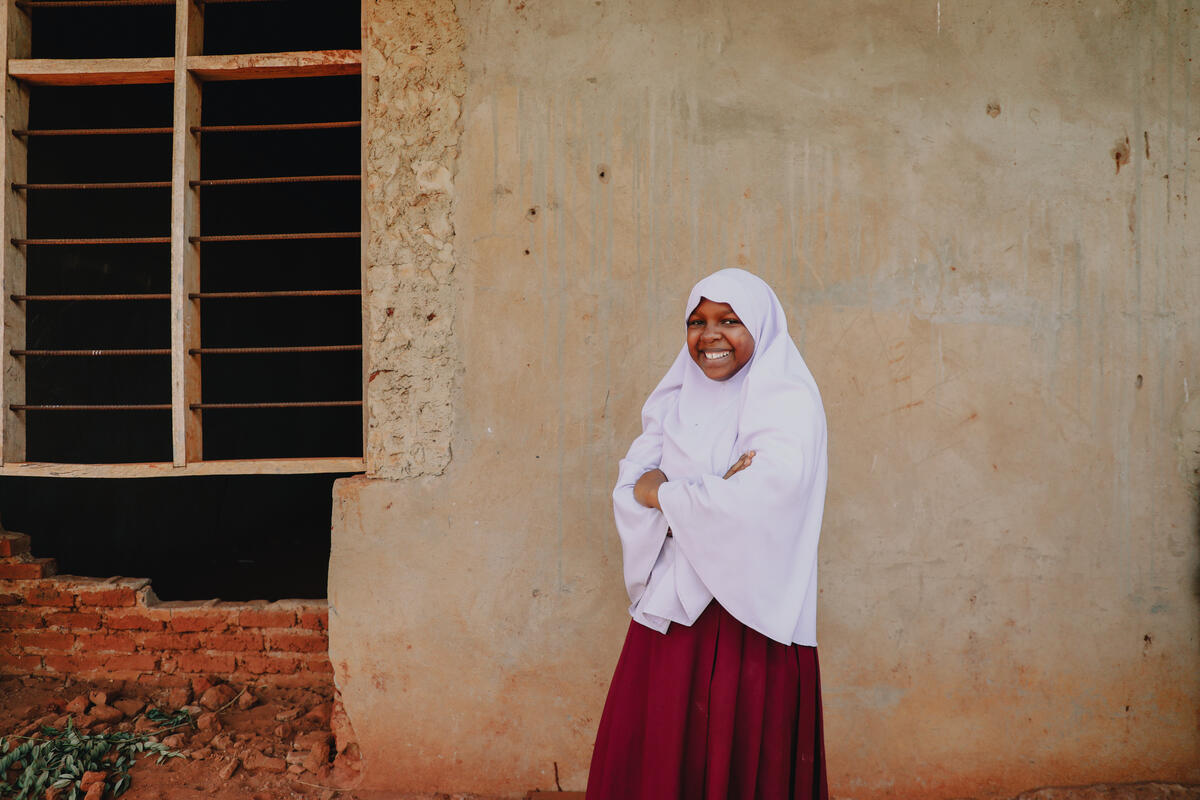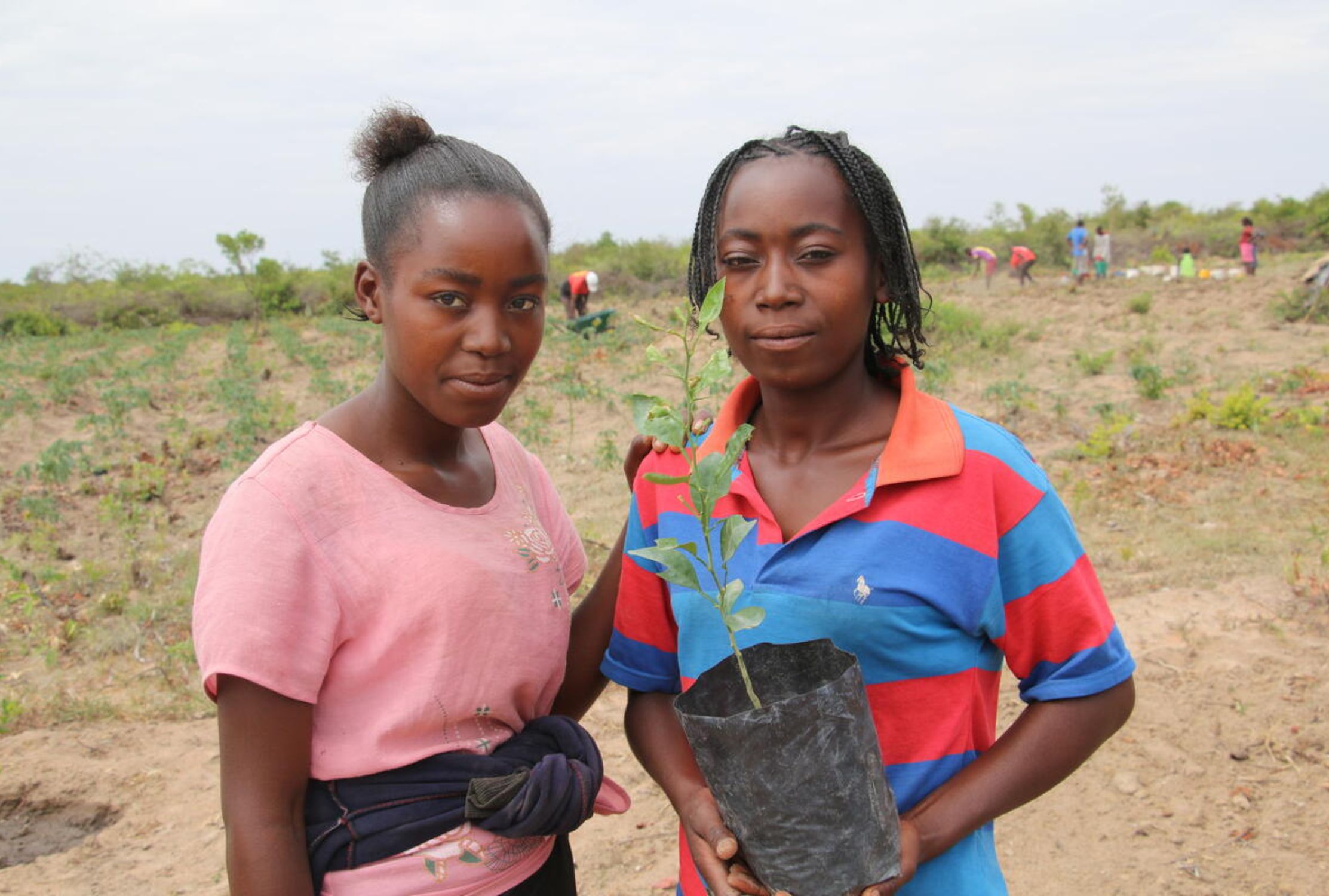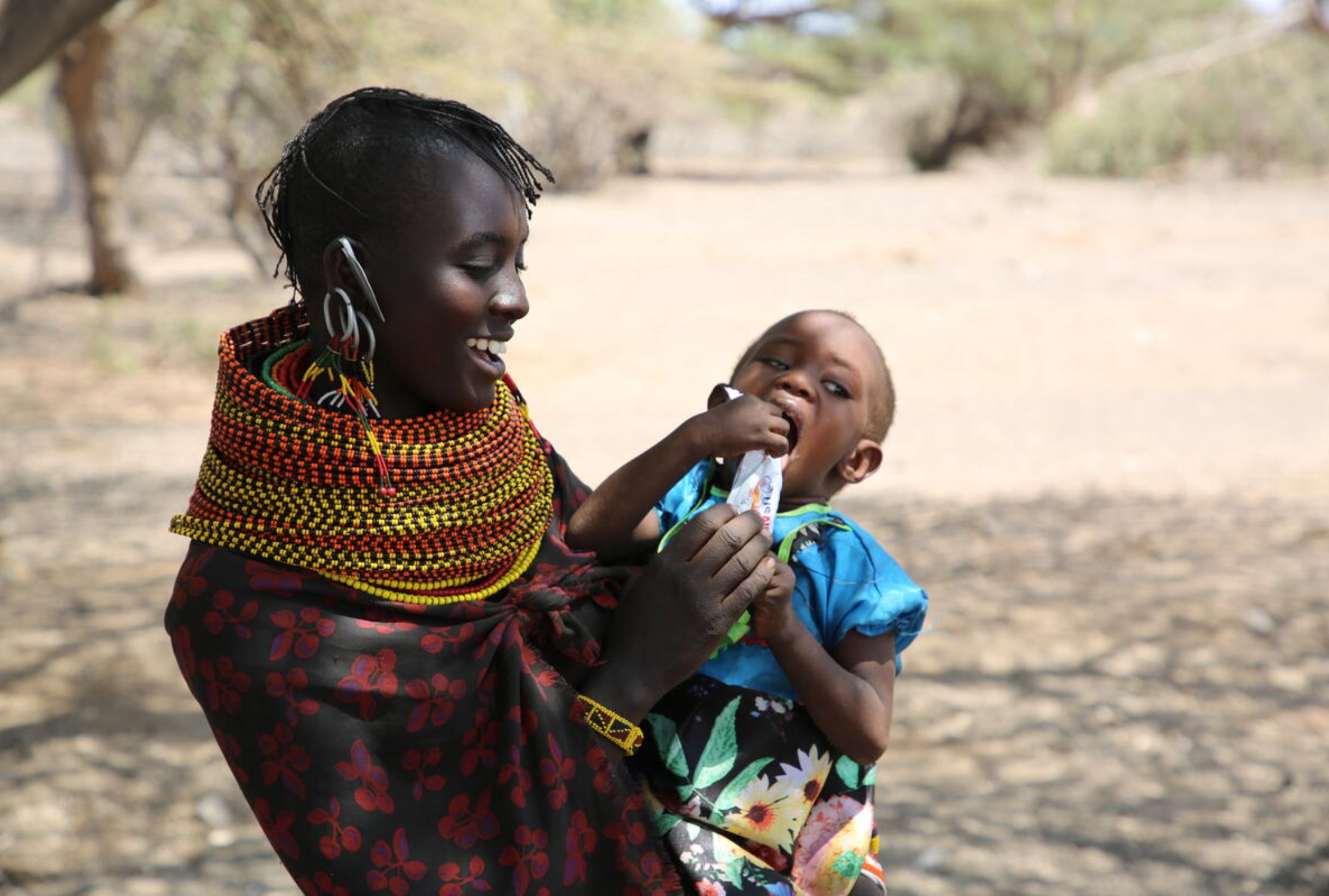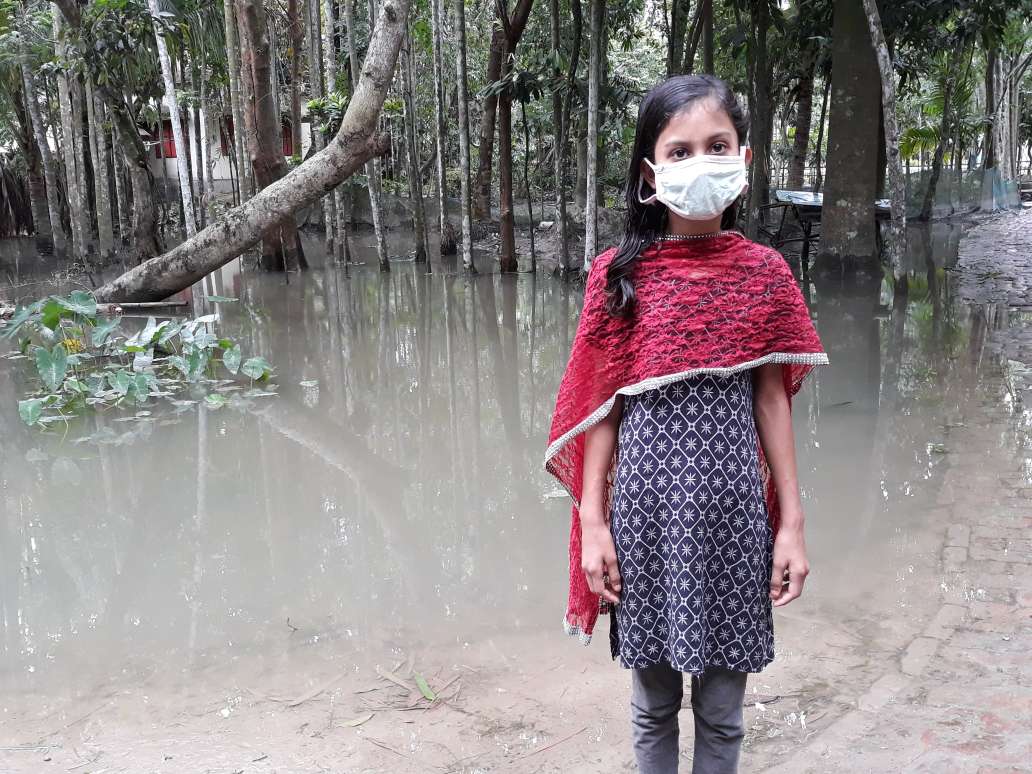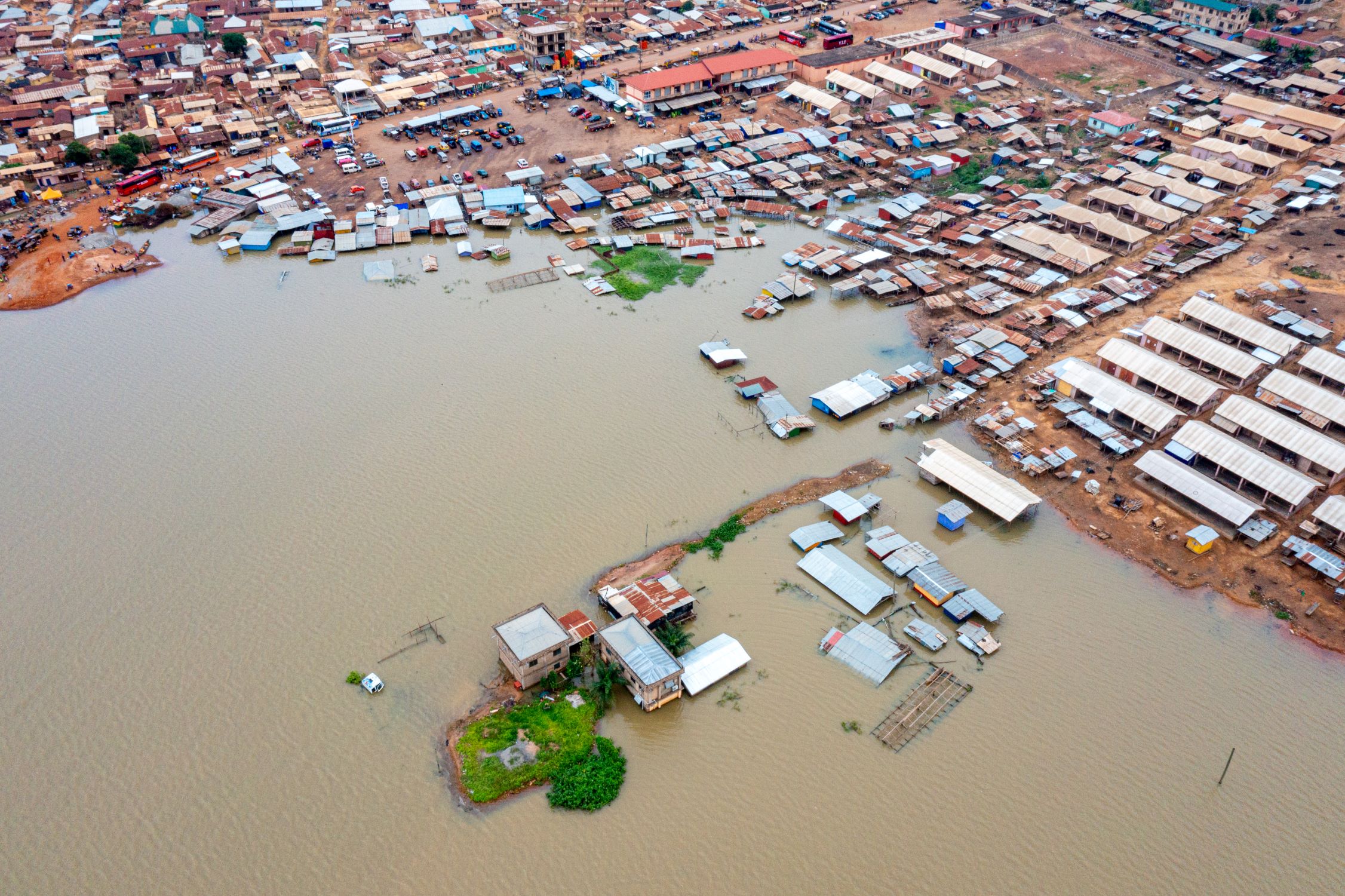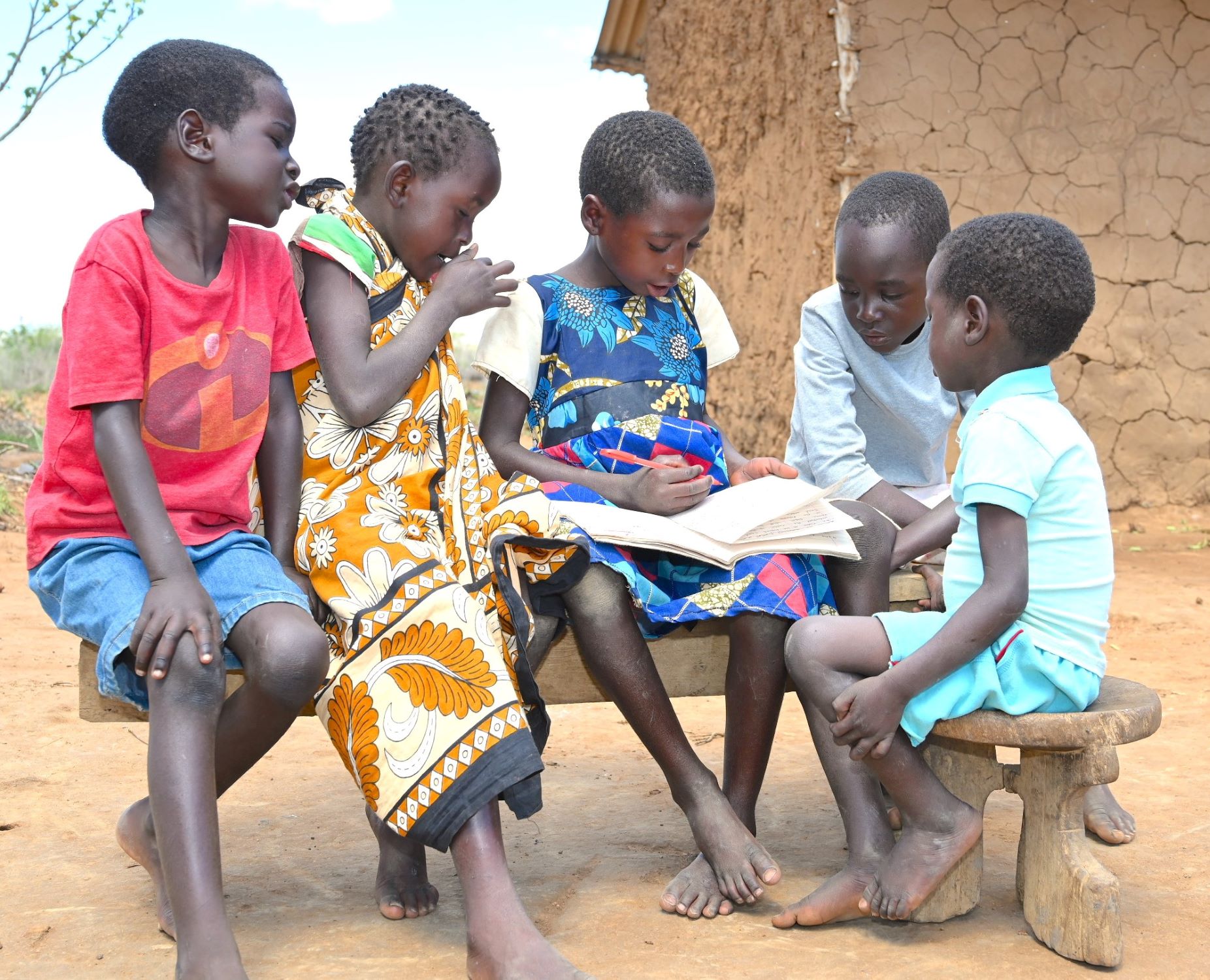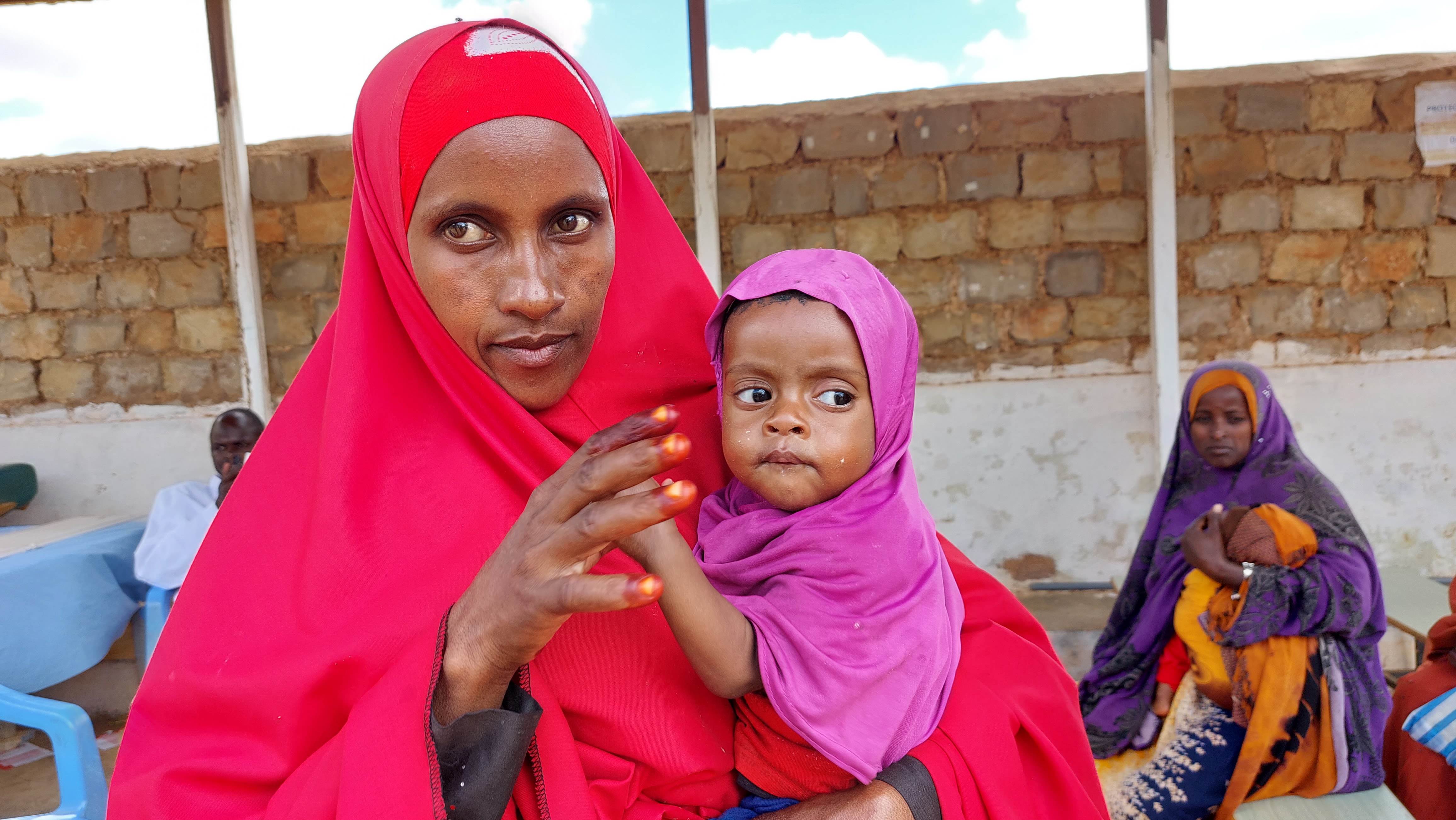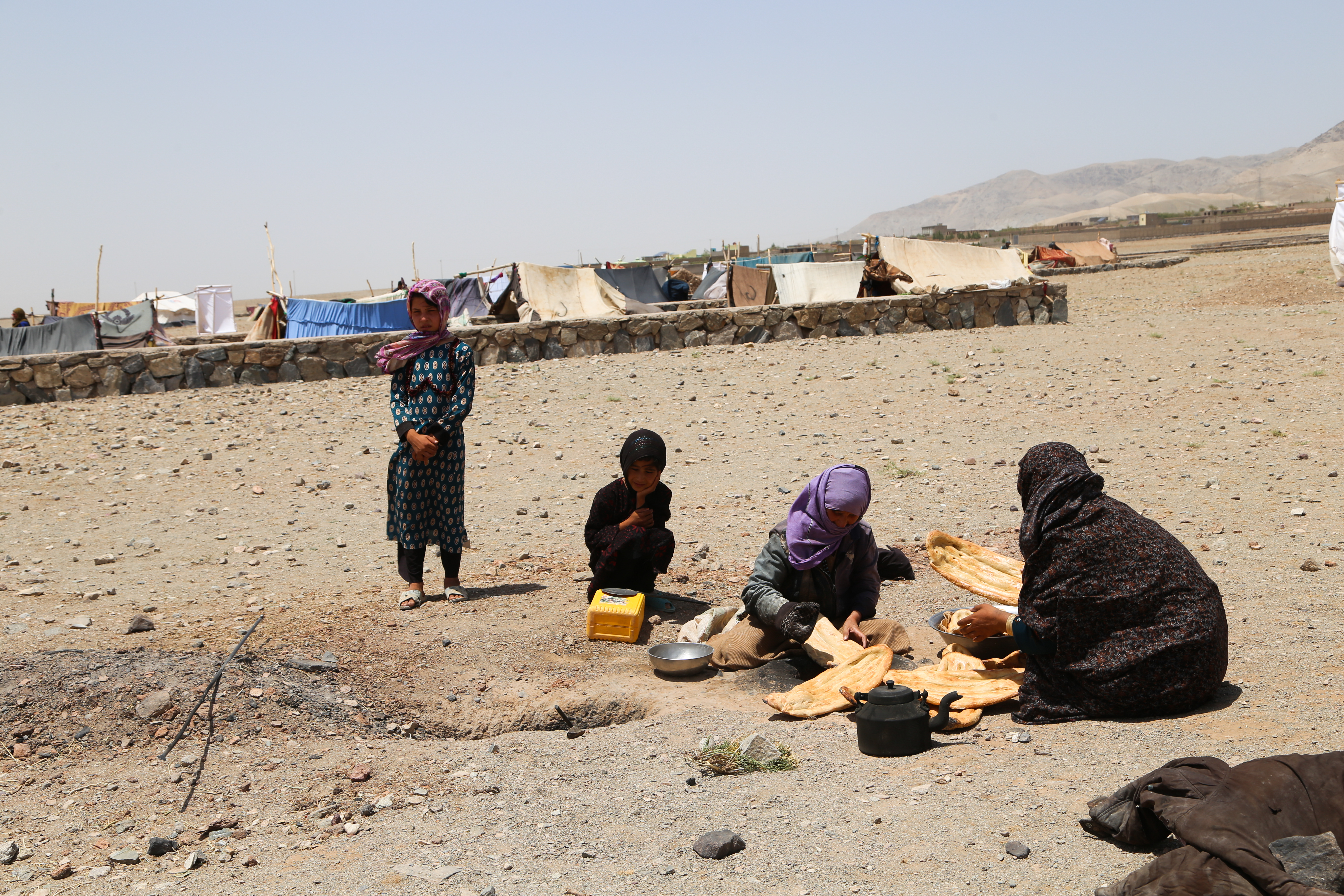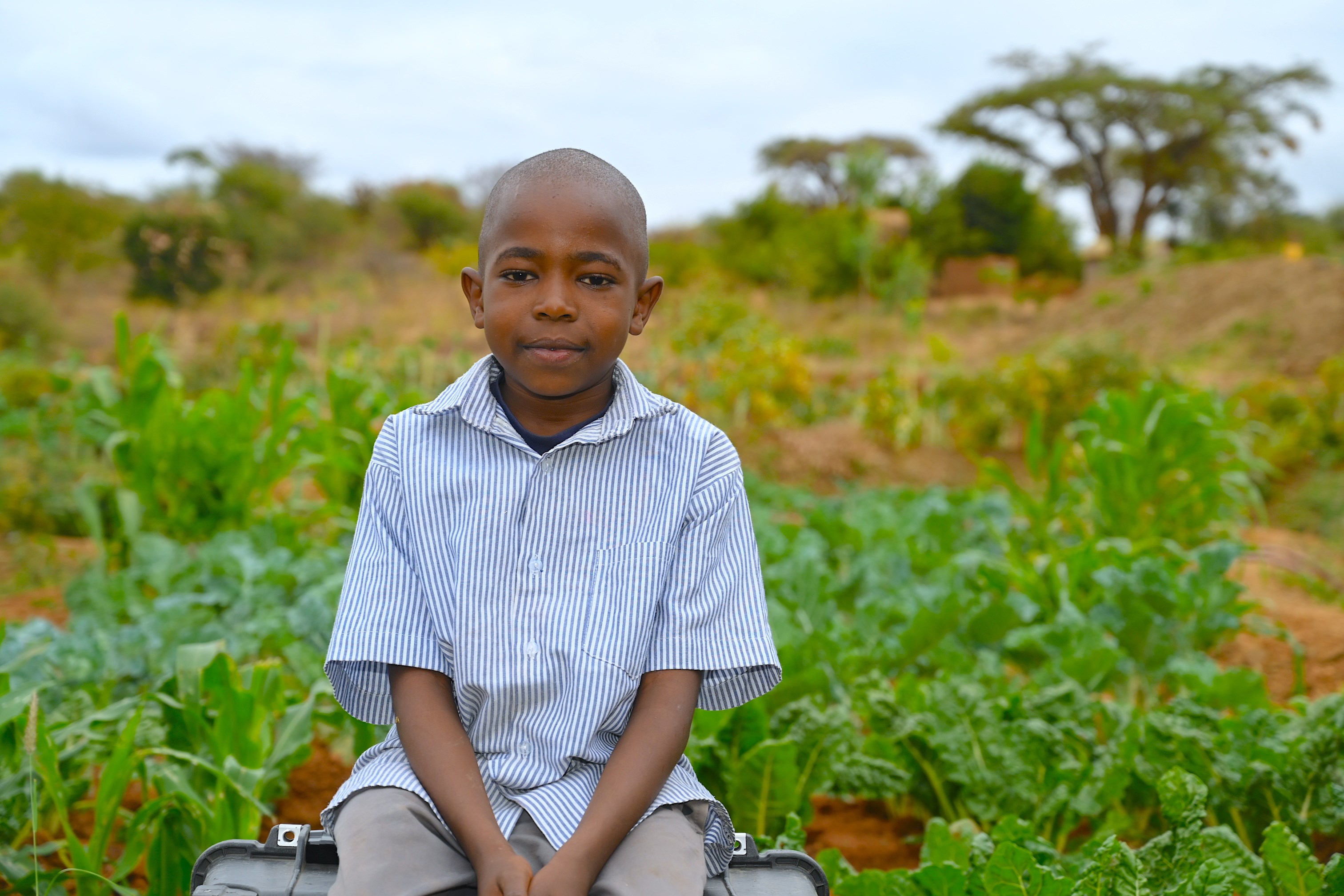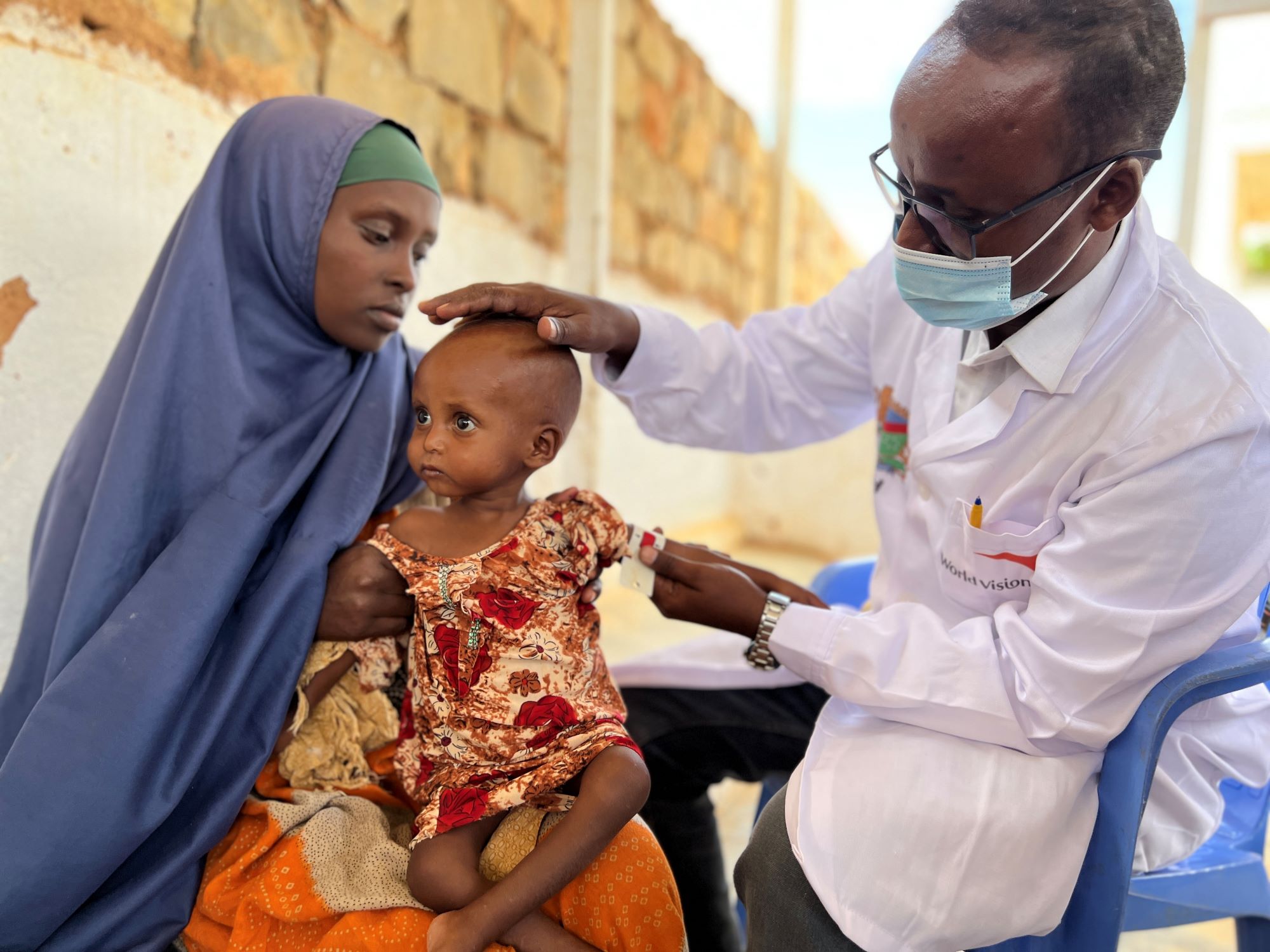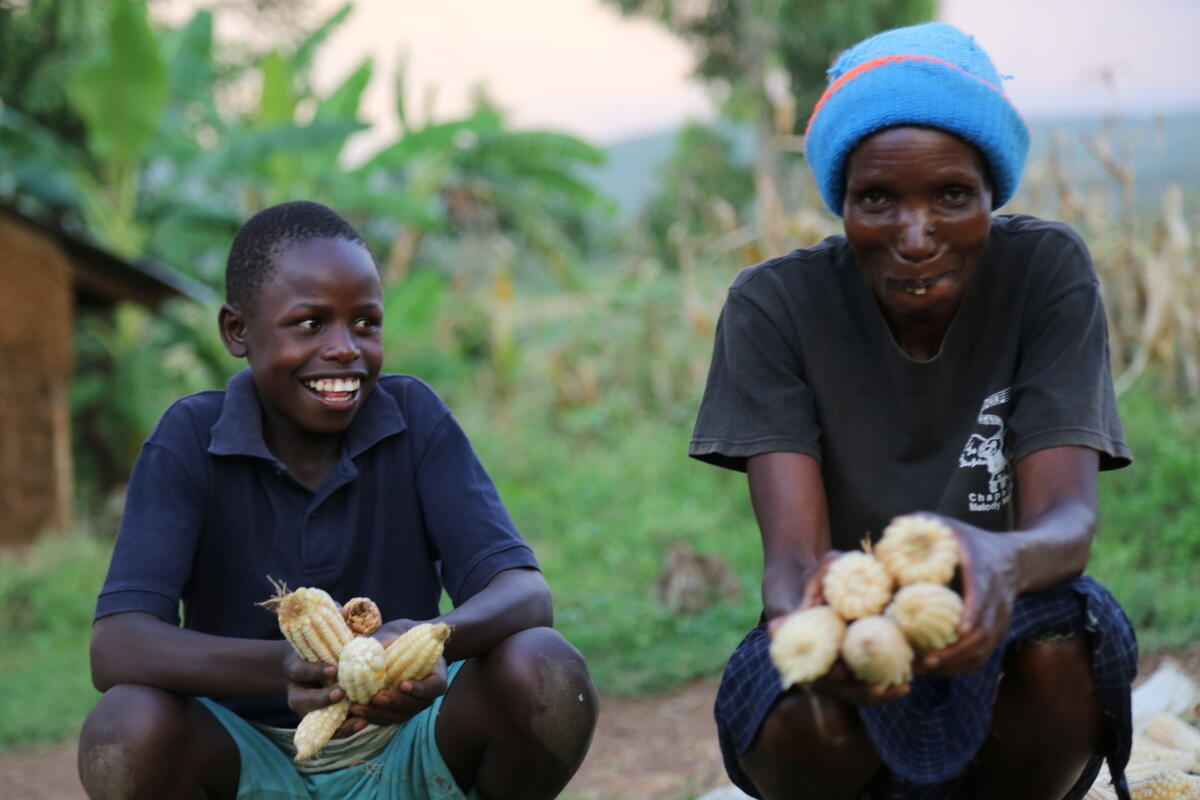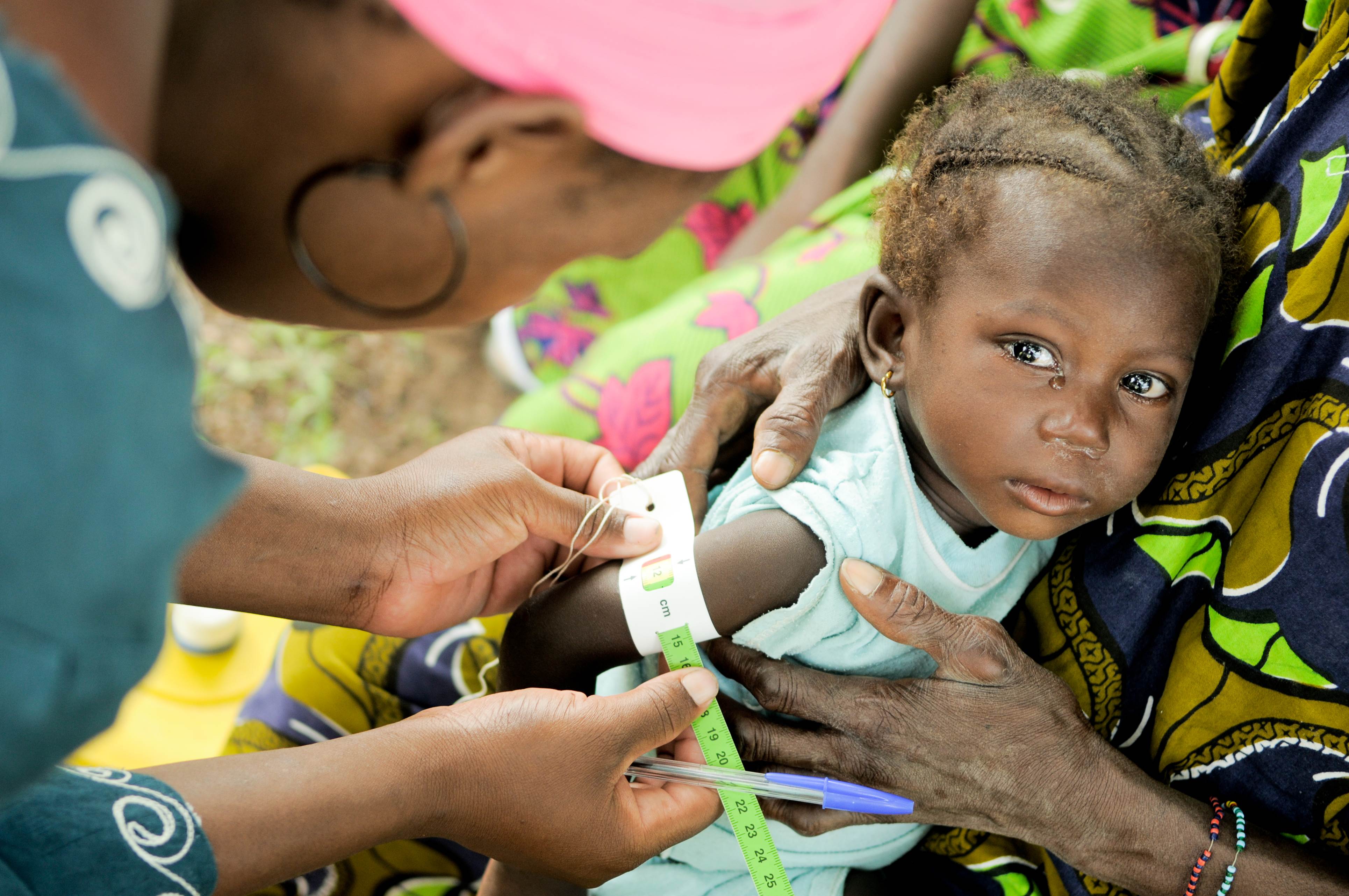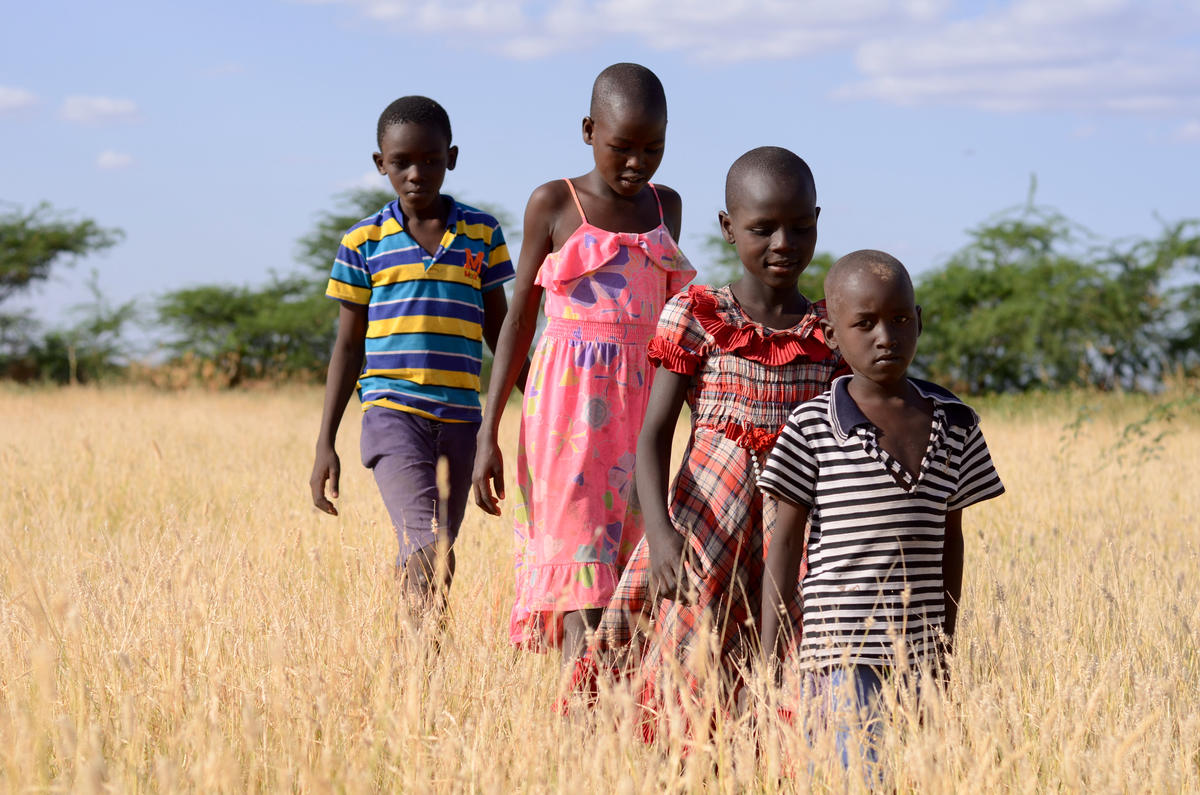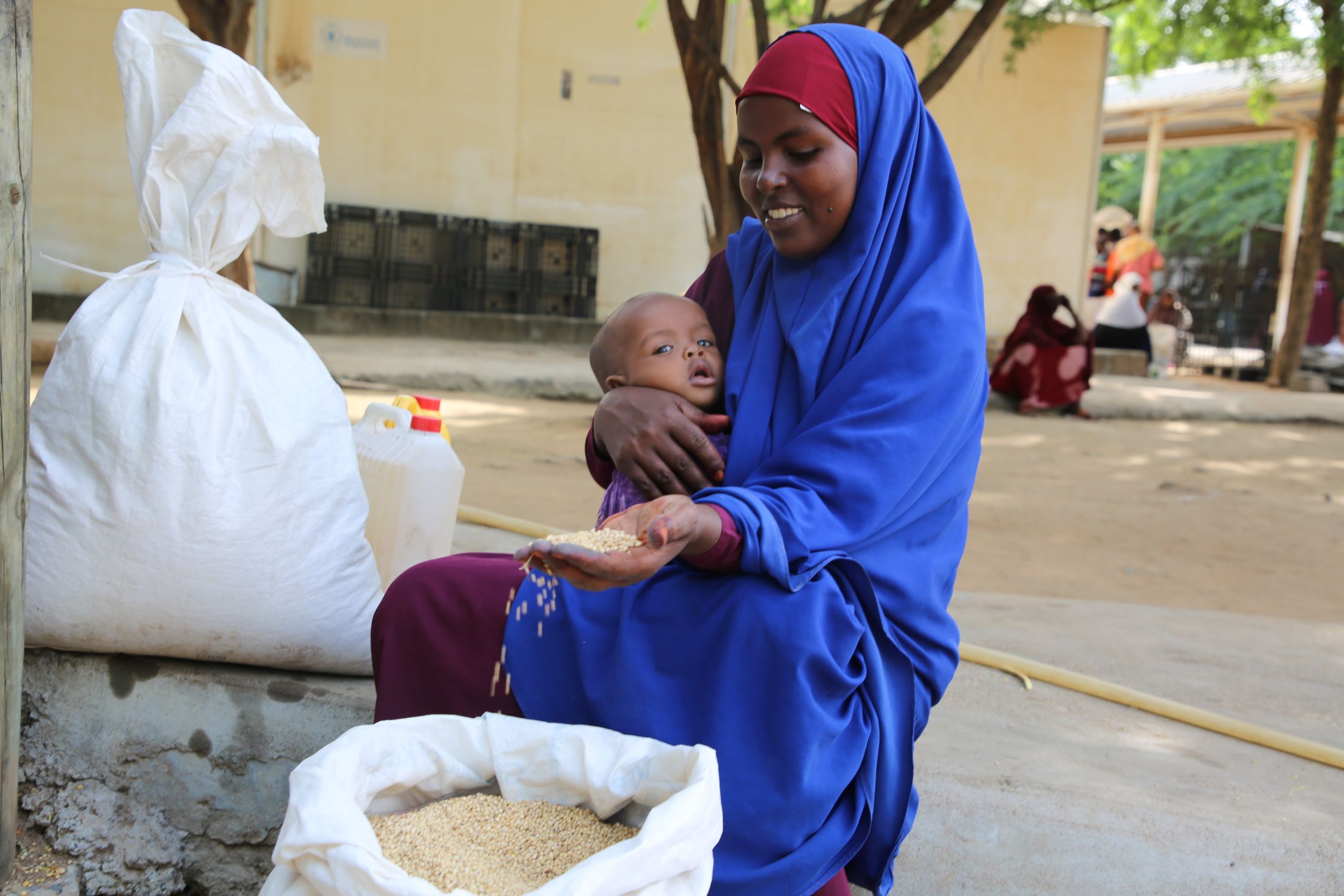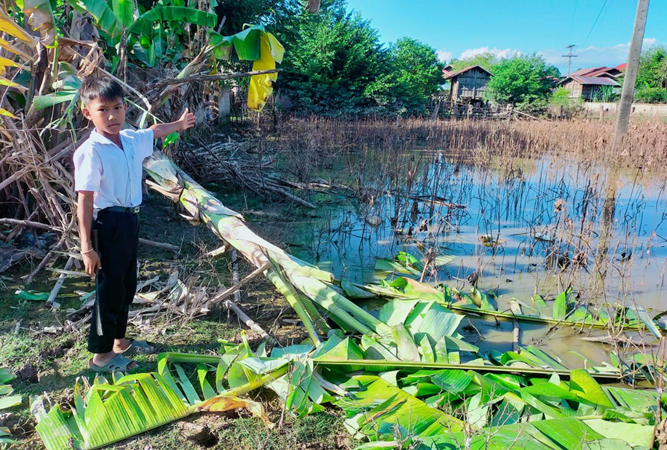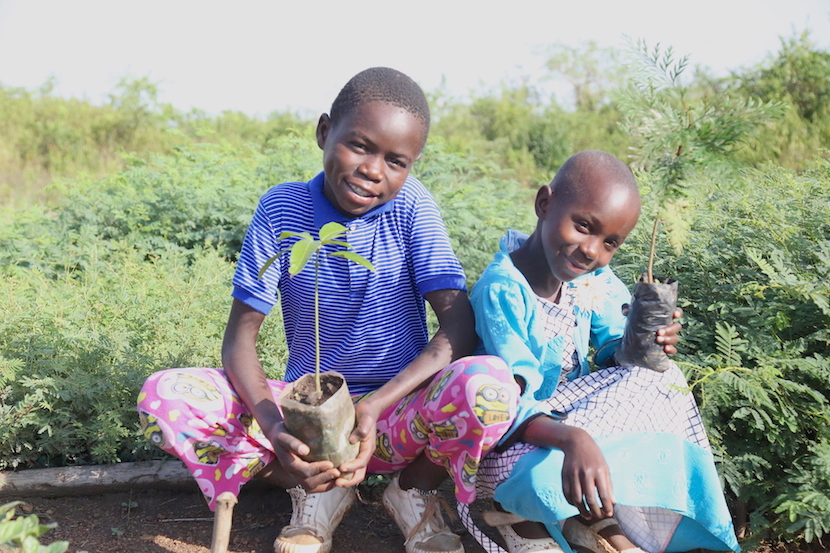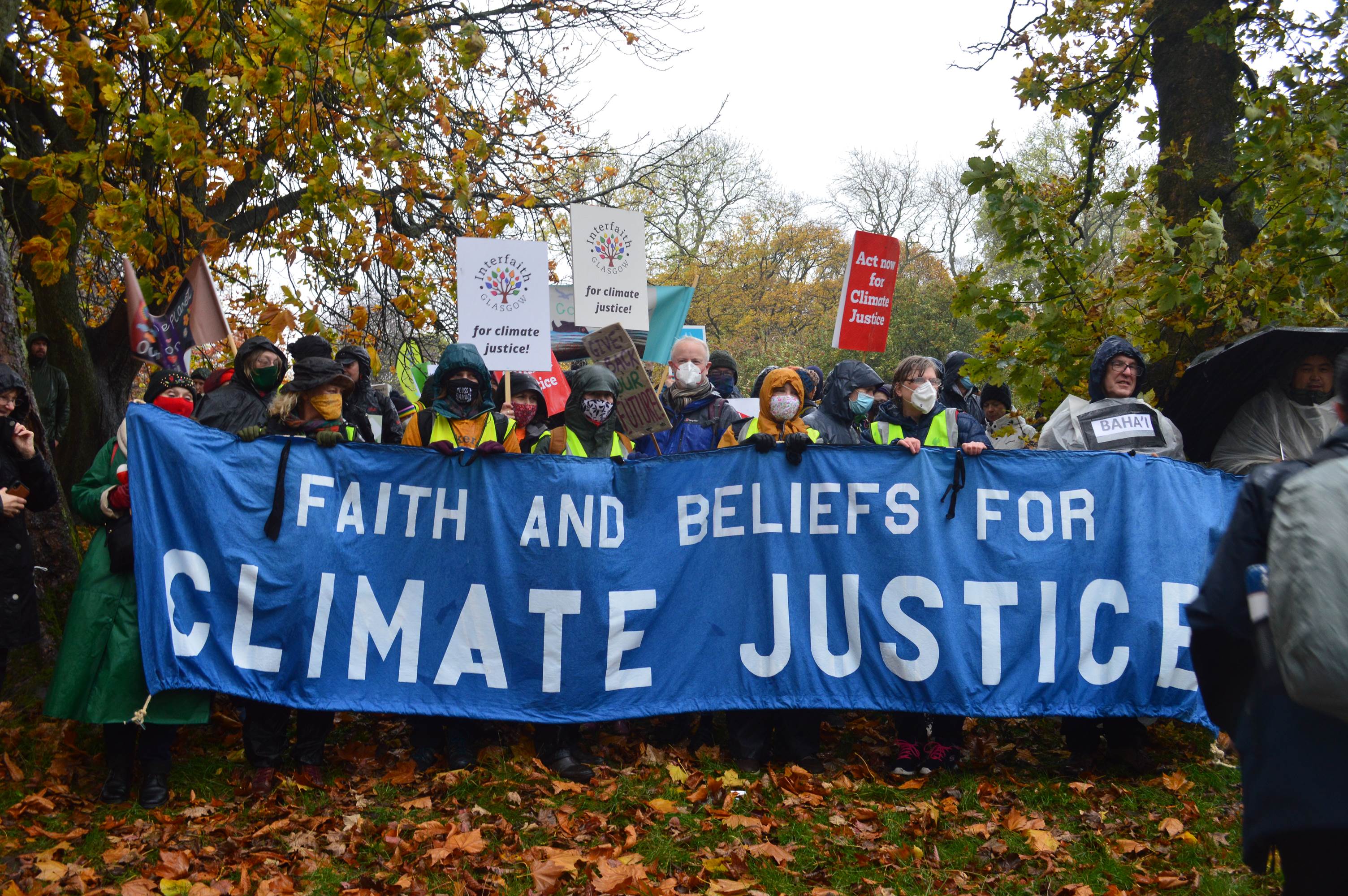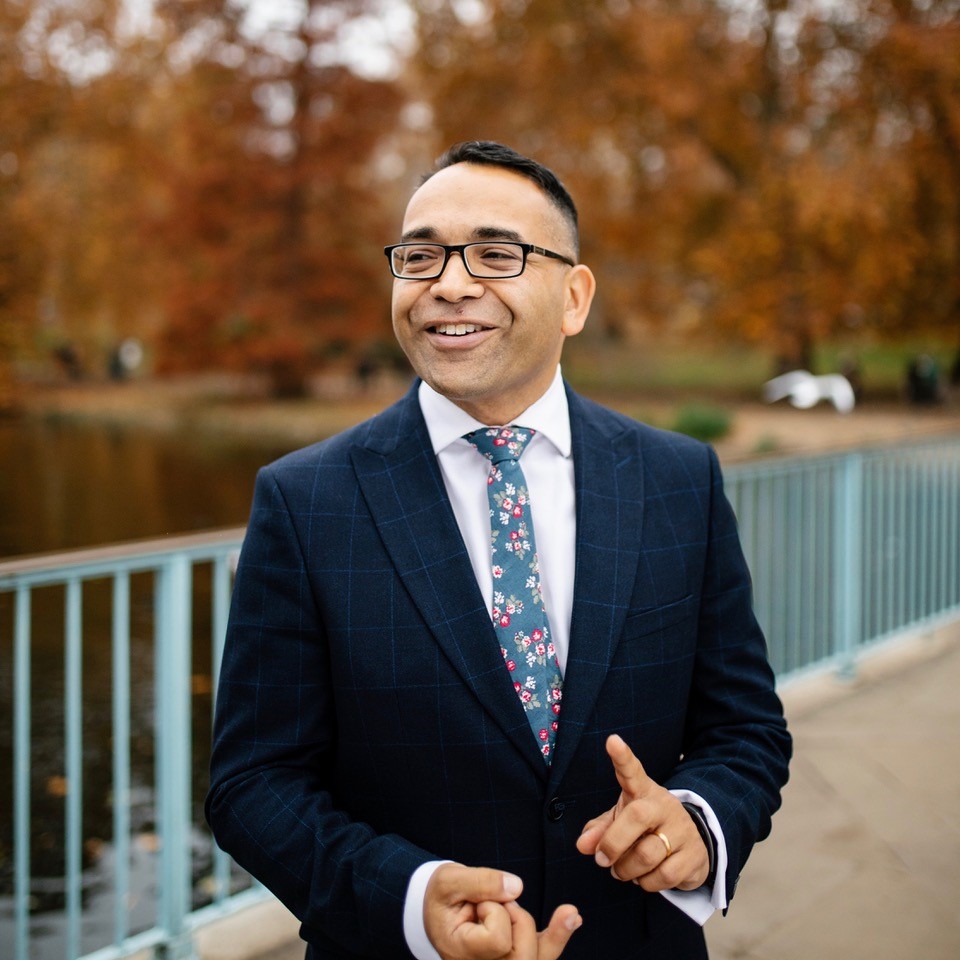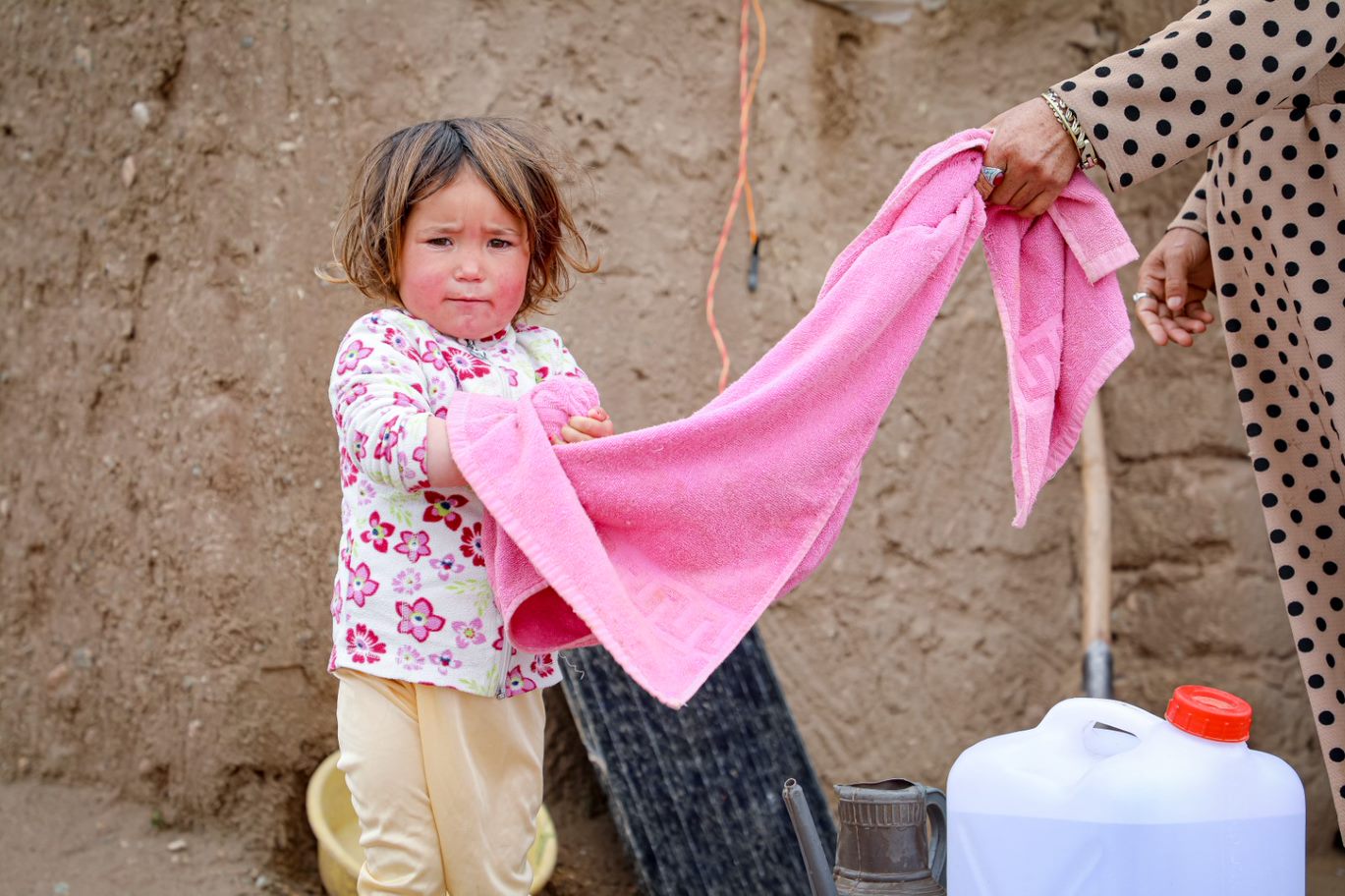Children are most vulnerable to the changing climate
Climate change is the greatest threat facing the world’s children and young people. One billion children are at ‘extremely high risk’ of the impacts of climate change. That is nearly half of all children.
The climate crisis is increasing the intensity and frequency of natural disasters like droughts and floods, and people and communities who are poorer are less likely to be able to prepare for such events. This means people are affected more severely, poverty deepens, and the cycle continues.
Increasingly frequent climate shocks impact crop production, destroying families’ livelihoods and reducing the availability of food and causing food insecurity. Children are most vulnerable to the effects of climate change. Instead of accessing a good education or living in a safe home, children are facing the global hunger crisis.
We’re protecting children facing climate change
World Vision is supporting the most vulnerable families and communities to become more resilient to the effects of climate change.
Last year, our emergency responses helped over 1.7 million people in 18 countries – over 900,000 of them were children. Our response to climate-related emergencies includes the provision of clean water, nutritious food, shelter, and medical care. We address the long-term impacts of climate change by introducing climate-smart farming techniques and working with communities on their plans to reduce the risk of disaster.
Keep reading to discover:
How World Vision is tackling climate change
Stories about children impacted by climate change

